This year’s Teagasc/Irish Farmers Journal BETTER farm autumn walks threw up plenty of talking points including IBR, grass growth and the under-pressure dairy calf-to-beef systems.
Those in attendance at John McSweeney’s farm walk in Lissarda, Co Cork, heard first-hand about John’s disappointment with the dairy calf-to-beef enterprise running alongside his suckler herd. Almost 200 calves, mainly Friesian, had been bought over the last two years. Given the turbulent conditions of the last 12 months, John explained that he has fallen out of favour with the type of calves he is purchasing.
“I will have to buy better quality stock. This year really opened my eyes. If they were any other colour, apart from black and white, I would have got away with them just fine. You couldn’t even give them away in a lucky bag this year. In future, I’d get rid of the Friesians and buy more Angus and Hereford X,” he said.
Alan Dillon from Teagasc, John’s BETTER Farm programme adviser, said: “John is losing roughly €1/head/day by finishing these animals”, comparing the cost of feeding to their ADG.
Limerick BETTER farm participant Shane Gleeson was quick to echo John’s point. “I have found it very difficult to sell the steers I reared from spring 2017. They are mainly Hereford X and when I brought them to the mart in early September, only €1.40/kg to €1.50/kg was being offered for them. I’m looking at buying better-quality continentals next year instead.”
The difference 80 miles can make
The second BETTER farm walk took place on Tom Bolger’s 58ha farm in Borris, Co Carlow. Tom explained that this summer was a disaster in terms of grass growth as drought conditions played havoc. The soil on the farm is exceptionally free-draining and eventually turned bright yellow as the drought persisted.
Ironically, on the day of the walk, raincoats were required as some showers passed overhead and Tom joked that he “would think about holding more farm walks if that’s what it takes to bring the weather”.
The crowd heard from Tom that because of the extreme drought, action had to be taken from an early stage to ensure enough fodder stocks for the winter. In total, 200t of maize was purchased at a cost of €10,000. Expensive, however, BETTER farm adviser Tommy Cox, from Teagasc, says this move “allows Tom to sleep soundly at night.” While grass is just beginning to grow on the farm, growth still remains below 40kg DM/ha/day as moisture deficits prevail.
Just over 80 miles away in Tulla, Co Clare, the third BETTER farm autumn walk took place on Sean Hayes’ farm where the situation is much different. The walk had only just begun when it started pouring rain.
Locals were quick to point out that that has been the case for nearly three weeks, which was evident by the manner in which gateways and gaps were getting extremely muddy. It would be worth getting wet, however, if it meant growing the level of grass that was present on Sean’s farm that evening. The crowd walked through a number of very heavy grass covers as they made their way through his 47ha farm.
Sean explained that growth has been exceptional over the last month, consistently above 60kg DM/ha/day, allowing him to take out surpluses for the winter and build heavy covers for back-end grazing. The major concern now is that ground conditions remain suitable for grazing.
Honing in on health
Herd health was a key topic running through the series of four walks and much of the interest centred on IBR and pneumonia this autumn.
Speaking at Sean Hayes’ walk in Tulla, local vet Erica Borge received a very significant show of hands from the 180-plus crowd in attendance when she asked ‘‘who knows what IBR is?’’ However, when she followed that question with ‘‘how many know if they have IBR in their own herd?’’ almost no hands went up.
Could someone go to the beef factories and try and get them to show mercy to the poor farmer or we’ll go out of business
As with all four vets speaking at the walks, the advice went on to outline the importance of testing for IBR.
All vets took the opportunity to speak about the IBR eradication pilot programme, which is being trialled on the programme participants’ farms. It was suggested that there is a high likelihood of the eradication programme being rolled out nationally.
Speaking at Martin O’Hare’s walk in Co Louth, BETTER farm adviser John Greaney from Teagasc said: “Before the BVD eradication programme was rolled out nationwide, it was trialled on the previous BETTER farms. This time, we are implementing an IBR eradication pilot programme and this may also be rolled out nationwide.”
On dealing with the disease, farmers learned that animals can become persistently infected with the disease and can then shed the disease pathogens. A combination of pathogen infection and stress is then the main inducer of pneumonia. To prevent against the problem, vaccination – as well as good biosecurity and winter management – was the common advice.
“We are aiming to break even at the end of this year. That’s the best we can hope for” – John McSweeney, host farmer.“Could someone go to the beef factories and try and get them to show mercy to the poor farmer or we’ll go out of business. The writing is on the wall if some of these people don’t show care” – crowd member in Cork.“There was nothing wrong with the sheep, There were too many groups on the farm. I needed to streamline things” – Tom Bolger, host farmer.“A lot of people say that plans aren’t worth the paper they are written on. However, I always find that the farmers who do plans are the ones who always react first in a crisis” - Kevin Connolly, Teagasc finance.“If I was selling in the ring I’d stay away from black cows but colour isn’t an issue when they’re hanging up” – Sean Hayes, host farmer.“People worm cattle and they don’t know what they are worming for. You should be dung-sampling to determine your worming programme. It’s about striking a balance to build up an immunity” - Erica Borge, vet.“Unfortunately, unlike the last stand on herd health, there is no vaccination for cashflow difficulties on a farm” – Kevin Connolly, Teagasc finance.“I find split-calving breaks up the workload a bit, especially in a year where the autumn is dry” – Martin O’Hare, host farmer.“IBR is a herpes virus, the same as a cold sore in humans. If you get stressed an underlying cold sore will come out. If an animal gets stressed, IBR can break out” – Gerry O’Dowd, vet.
This year’s Teagasc/Irish Farmers Journal BETTER farm autumn walks threw up plenty of talking points including IBR, grass growth and the under-pressure dairy calf-to-beef systems.
Those in attendance at John McSweeney’s farm walk in Lissarda, Co Cork, heard first-hand about John’s disappointment with the dairy calf-to-beef enterprise running alongside his suckler herd. Almost 200 calves, mainly Friesian, had been bought over the last two years. Given the turbulent conditions of the last 12 months, John explained that he has fallen out of favour with the type of calves he is purchasing.
“I will have to buy better quality stock. This year really opened my eyes. If they were any other colour, apart from black and white, I would have got away with them just fine. You couldn’t even give them away in a lucky bag this year. In future, I’d get rid of the Friesians and buy more Angus and Hereford X,” he said.
Alan Dillon from Teagasc, John’s BETTER Farm programme adviser, said: “John is losing roughly €1/head/day by finishing these animals”, comparing the cost of feeding to their ADG.
Limerick BETTER farm participant Shane Gleeson was quick to echo John’s point. “I have found it very difficult to sell the steers I reared from spring 2017. They are mainly Hereford X and when I brought them to the mart in early September, only €1.40/kg to €1.50/kg was being offered for them. I’m looking at buying better-quality continentals next year instead.”
The difference 80 miles can make
The second BETTER farm walk took place on Tom Bolger’s 58ha farm in Borris, Co Carlow. Tom explained that this summer was a disaster in terms of grass growth as drought conditions played havoc. The soil on the farm is exceptionally free-draining and eventually turned bright yellow as the drought persisted.
Ironically, on the day of the walk, raincoats were required as some showers passed overhead and Tom joked that he “would think about holding more farm walks if that’s what it takes to bring the weather”.
The crowd heard from Tom that because of the extreme drought, action had to be taken from an early stage to ensure enough fodder stocks for the winter. In total, 200t of maize was purchased at a cost of €10,000. Expensive, however, BETTER farm adviser Tommy Cox, from Teagasc, says this move “allows Tom to sleep soundly at night.” While grass is just beginning to grow on the farm, growth still remains below 40kg DM/ha/day as moisture deficits prevail.
Just over 80 miles away in Tulla, Co Clare, the third BETTER farm autumn walk took place on Sean Hayes’ farm where the situation is much different. The walk had only just begun when it started pouring rain.
Locals were quick to point out that that has been the case for nearly three weeks, which was evident by the manner in which gateways and gaps were getting extremely muddy. It would be worth getting wet, however, if it meant growing the level of grass that was present on Sean’s farm that evening. The crowd walked through a number of very heavy grass covers as they made their way through his 47ha farm.
Sean explained that growth has been exceptional over the last month, consistently above 60kg DM/ha/day, allowing him to take out surpluses for the winter and build heavy covers for back-end grazing. The major concern now is that ground conditions remain suitable for grazing.
Honing in on health
Herd health was a key topic running through the series of four walks and much of the interest centred on IBR and pneumonia this autumn.
Speaking at Sean Hayes’ walk in Tulla, local vet Erica Borge received a very significant show of hands from the 180-plus crowd in attendance when she asked ‘‘who knows what IBR is?’’ However, when she followed that question with ‘‘how many know if they have IBR in their own herd?’’ almost no hands went up.
Could someone go to the beef factories and try and get them to show mercy to the poor farmer or we’ll go out of business
As with all four vets speaking at the walks, the advice went on to outline the importance of testing for IBR.
All vets took the opportunity to speak about the IBR eradication pilot programme, which is being trialled on the programme participants’ farms. It was suggested that there is a high likelihood of the eradication programme being rolled out nationally.
Speaking at Martin O’Hare’s walk in Co Louth, BETTER farm adviser John Greaney from Teagasc said: “Before the BVD eradication programme was rolled out nationwide, it was trialled on the previous BETTER farms. This time, we are implementing an IBR eradication pilot programme and this may also be rolled out nationwide.”
On dealing with the disease, farmers learned that animals can become persistently infected with the disease and can then shed the disease pathogens. A combination of pathogen infection and stress is then the main inducer of pneumonia. To prevent against the problem, vaccination – as well as good biosecurity and winter management – was the common advice.
“We are aiming to break even at the end of this year. That’s the best we can hope for” – John McSweeney, host farmer.“Could someone go to the beef factories and try and get them to show mercy to the poor farmer or we’ll go out of business. The writing is on the wall if some of these people don’t show care” – crowd member in Cork.“There was nothing wrong with the sheep, There were too many groups on the farm. I needed to streamline things” – Tom Bolger, host farmer.“A lot of people say that plans aren’t worth the paper they are written on. However, I always find that the farmers who do plans are the ones who always react first in a crisis” - Kevin Connolly, Teagasc finance.“If I was selling in the ring I’d stay away from black cows but colour isn’t an issue when they’re hanging up” – Sean Hayes, host farmer.“People worm cattle and they don’t know what they are worming for. You should be dung-sampling to determine your worming programme. It’s about striking a balance to build up an immunity” - Erica Borge, vet.“Unfortunately, unlike the last stand on herd health, there is no vaccination for cashflow difficulties on a farm” – Kevin Connolly, Teagasc finance.“I find split-calving breaks up the workload a bit, especially in a year where the autumn is dry” – Martin O’Hare, host farmer.“IBR is a herpes virus, the same as a cold sore in humans. If you get stressed an underlying cold sore will come out. If an animal gets stressed, IBR can break out” – Gerry O’Dowd, vet. 



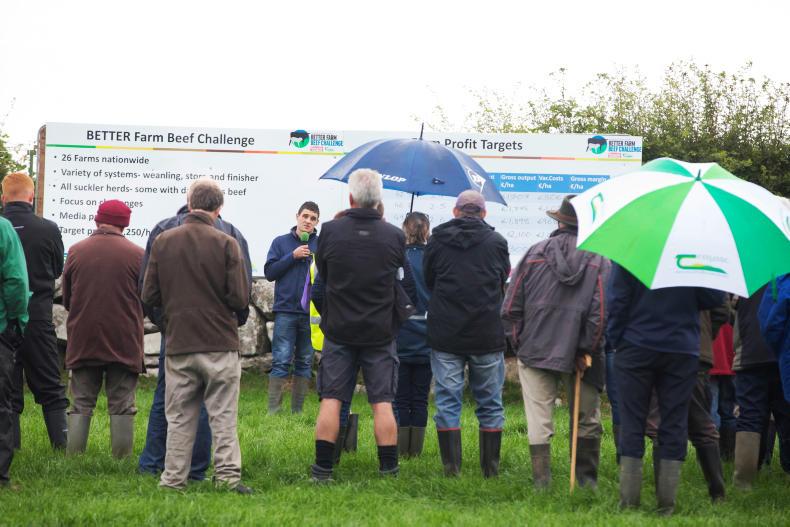
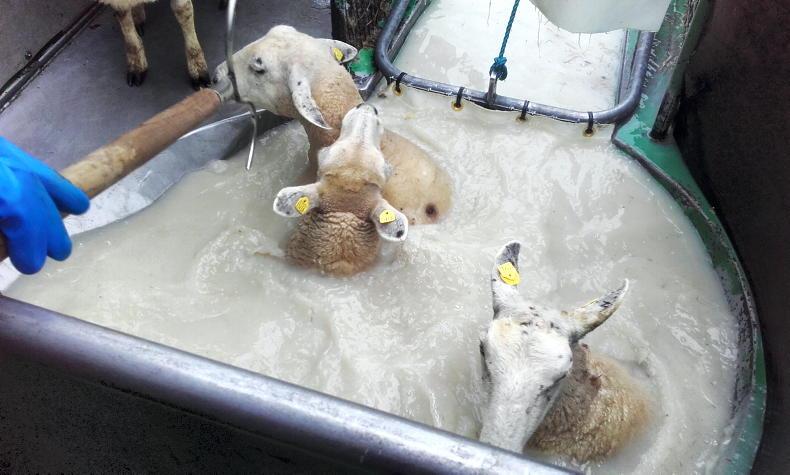

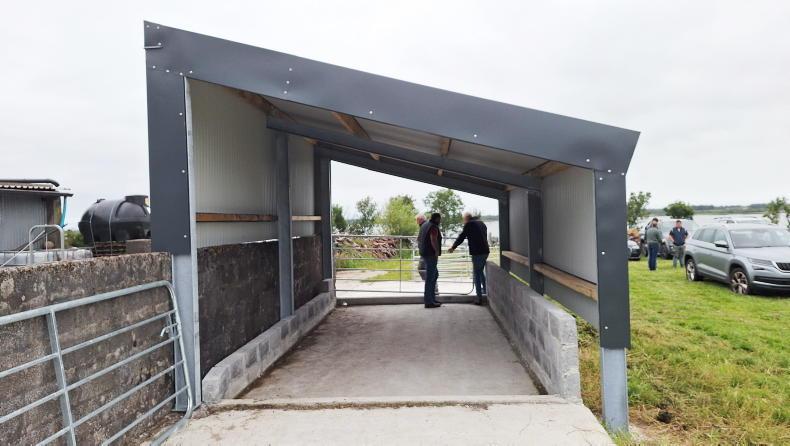
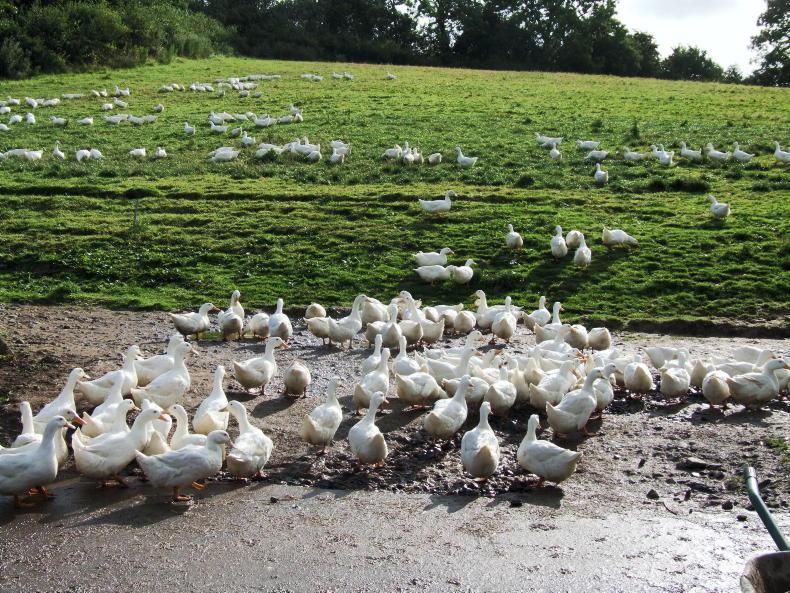
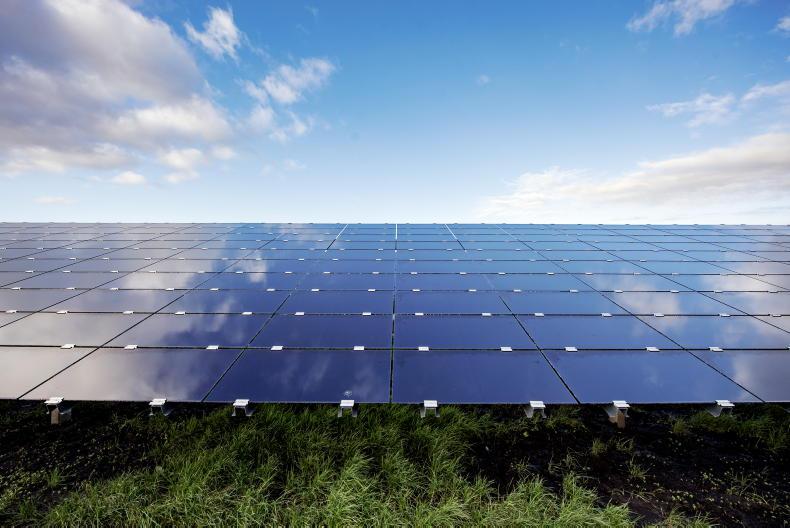
SHARING OPTIONS